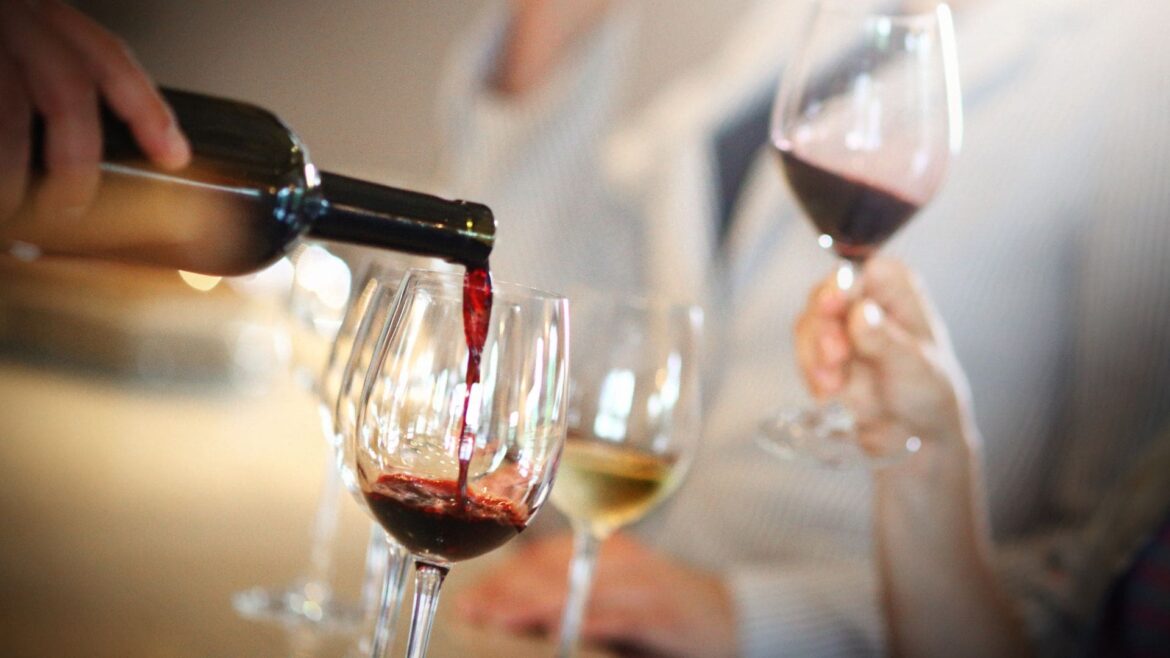After a record-breaking close to 2024, South Africa’s wine industry entered the new year with noticeably less momentum. According to the latest Market Review, the first quarter of 2025 has proven challenging.
Oelof Weideman, head of insights and business advisory, said they are seeing the impact of low consumer confidence play out in real time.
He said South Africa’s Consumer Confidence Index plummeted from -6 in late 2024 to -20 in the first quarter of 2025, its lowest point in years. “That number isn’t just a data point. It reflects real sentiment. Right now, South Africans are worried. And when confidence drops, so does consumer spending.
“This pessimism is persisting despite marginal improvements in macroeconomic indicators. The Consumer Price Index has dropped to 2.7%, below the Reserve Bank’s target range. Food inflation remains modest at 2.5%, and GDP growth is inching upward at 0.6%. However, these gains have yet to make an impact at household level,” he said.
Bad start for wine
Weideman said the job market in the country remains tight, and the wine industry is also feeling the pressure of the tough economic climate South Africa is currently going through.
In value terms, wine sales declined by 2.6% year-on-year in Q1 2025, with a sharper 4.9% drop in 750ml still wine volume. “For the first three months of the year, wine was the worst-performing liquor category in South Africa,” notes Weideman.
“One area of growth is in shopping frequency, consumers are now visiting retail outlets 4.8 times per month, up from 4.4. However, this doesn’t imply increased spend. More trips don’t mean more money. They often signal heightened price sensitivity and rising expectations,” he said.
Related stories
Brand value vs. consumer reality
According to Weideman, the wine market is particularly sensitive to price thresholds. Once prices cross into triple digits, sales often slow, discounting increases, and promotional reliance increases.
“Retailers are also feeling the squeeze. Although the number of product options continues to increase, only 5.5% of SKUs generate 80% of total wine sales. Consumers facing choice overload tend to stick with what they know. This underlines the need for smarter shelf strategies and tighter, insight-led ranges.
“Some alternative formats are outperforming, especially single-serve and canned sparkling wines. However, these may be competing more directly with flavoured alcoholic beverages than with the broader wine category. There’s also uncertainty about what drives their popularity; whether it’s the convenience, sweetness, or higher alcohol content, rather than a connection to wine itself.”
Weideman noted that success in the months to come will depend on how producers and retailers balance brand value with consumer reality, adapting pricing, messaging, and distribution to meet people where they are.
“The start of 2025 has been sobering, but the South African wine industry has always shown resilience in the face of adversity,” he said.
READ NEXT: Africa demands fairer trade, stronger US partnerships

